What is blockchain and how does it work?
What is blockchain and how does it work? Blockchain Technology is an innovative technology that has created a lot of buzz in recent times. The reason for its popularity might be the fact it can do so much more than just store transactions on different ledgers, like banks and other traditional systems do currently. his includes recording property ownership or allocating assets between shareholders without any need to go through paperwork! We will look at exactly what are blockchains, what are the different blockchains and what do blockchains do in this post.
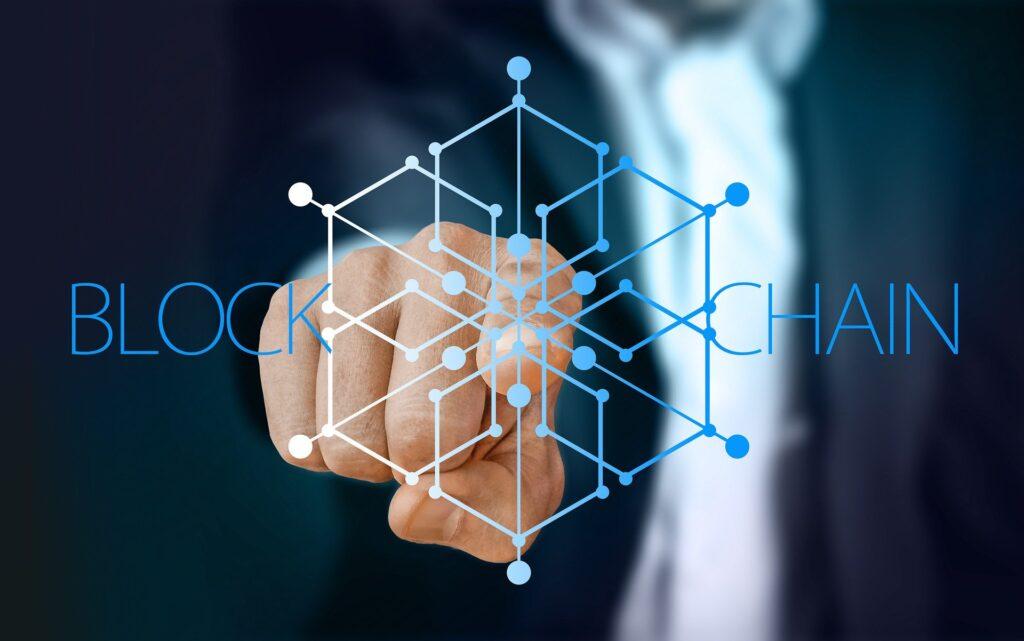
What is Blockchain and how does it work?
A blockchain can be defined as a collection of blocks connecting data in sequence. The block contains various pieces and information, but it’s not just one big assembly line because there has to happen first before any other activity could take place on these devices; they act like connectors forming partway through making transactions possible with ease – all thanks towards their security feature called ” cryptography.”
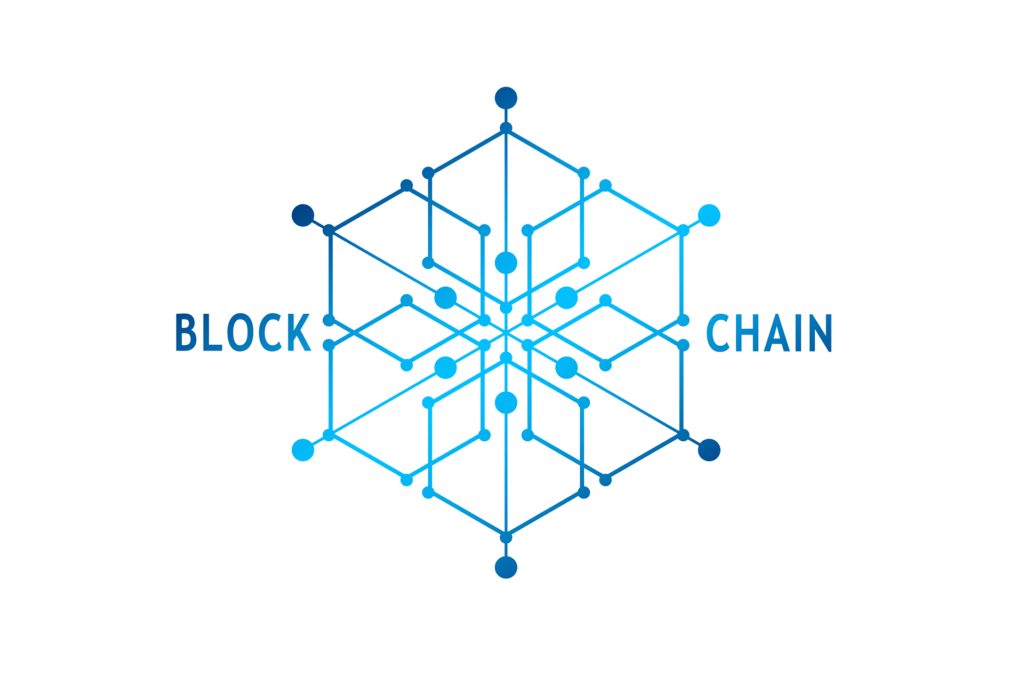
What is Blockchain Technology?
To understand how Blockchain Technology works, it is important to first know the basics. So far you’ve learned that there are no changes or deleting data in a ledger system and each transaction occurs between two parties using their own private keys which offer security for this decentralized network called “Bitcoin.” Now let’s get into what makes these key pairs so special!
You may have heard that Blockchain is a technology, not a single network. Some blockchains give access to the public and others are private only for members of an exclusive group. Nodes maintain the full version of a blockchain ledger which can approve or deny transactions based on its state at any given moment in time.
By maintaining both an up-to-date copy as well as one from previous days, nodes provide confidence that no fraud has occurred within your network during this period without changing anything yourself – it just gives you more information about what happened with others who were also using them!
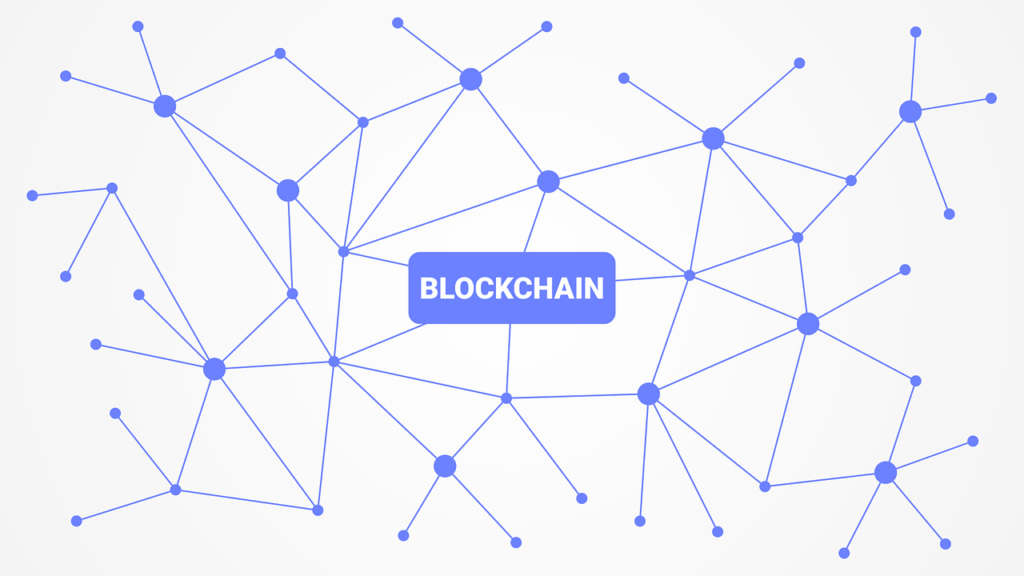
Blockchain Technology at a glance by Forbes Click here!
Will the Rise of Artificial Intelligence writers like Jasper AI Replace Humans? To check it out Click Here!
How do Blockchain Transactions occur?
To understand how the blockchain transition takes place we can analyse the components associated with the blockchain technology and figure out how they work together to make this happen.
With blockchain, money can be transferred instantly and at no cost. This is because of how it operates as an electronic record-keeping system for financial transactions that are recorded on multiple computers across different countries or entities.
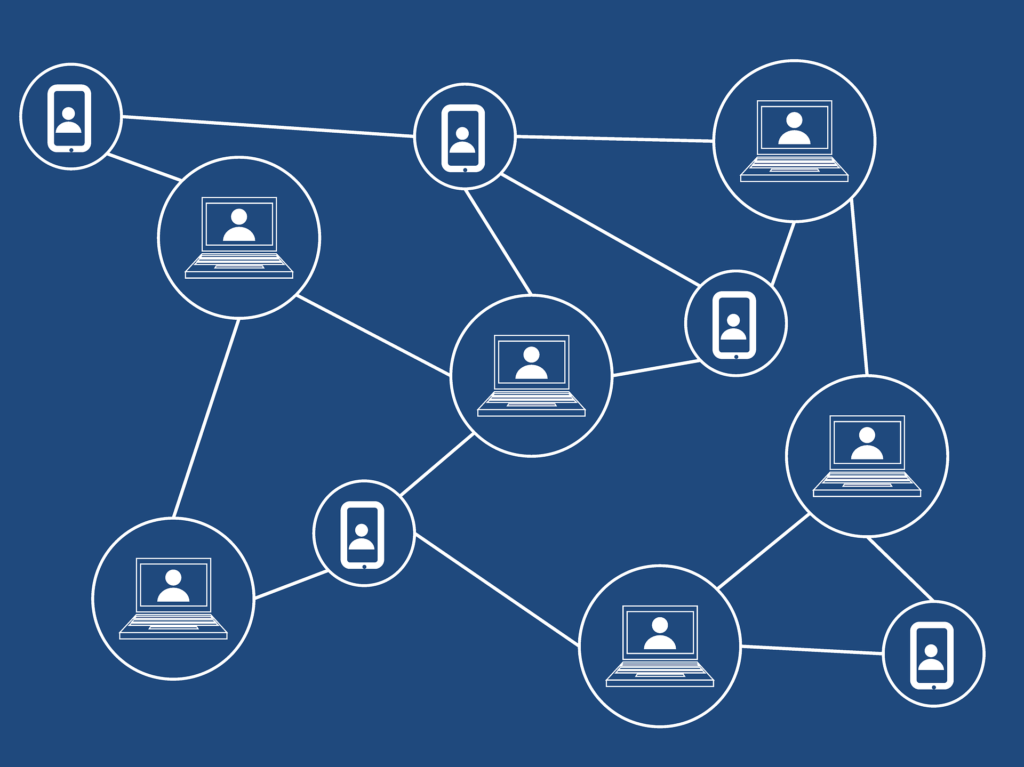
Blockchains Storage and Security
There’s also not enough room in one block to store all this information so instead, new blocks come every time somebody wants their change made official! As the name suggests, this technique allows you to trace data or hack your analyzed documents over time. The importance of securely storing your private key cannot be overstated. If it’s compromised, the hackers have access to all funds in that account – so make sure you keep them confidential and safe!
Blockchain Ledger Records
A ledger is a collection of data that reflects the results of all transactions. It shows when and where each transaction was made, what it consisted of as well as who conducted them in an accurate timeline for anyone who wants to see this information displayed openly or hidden from view depending on preference. A wallet can store crypto-currencies like Bitcoin so people don’t need to convert their funds between different currencies often due.
Blockchain Process
The procedure of blockchain is as follows. A transaction will be initiated through the aligning with its private key, which generates a digital signature that can’t be traced or changed by anyone else in order for it to pass safely through this system; therefore if someone tries pulling off a fraudulent action like changing what should’ve been signed on behalf their own personal information (like the name), then everything between those two parties won’t match up so nothing gets processed properly – rendering any funds lost forever!
The BlockChain is a continuously growing list of records, called blocks that are linked together by their content and dated back to the very first one recorded. When new transactions occur on the system they get verified through nodes which then add them into this ever-growing timeline known as The Blockchain; thus creating an unbreakable record for everything we do in life!
Want to know more about Blockchain Click Here!
Why are Blockchains so popular?
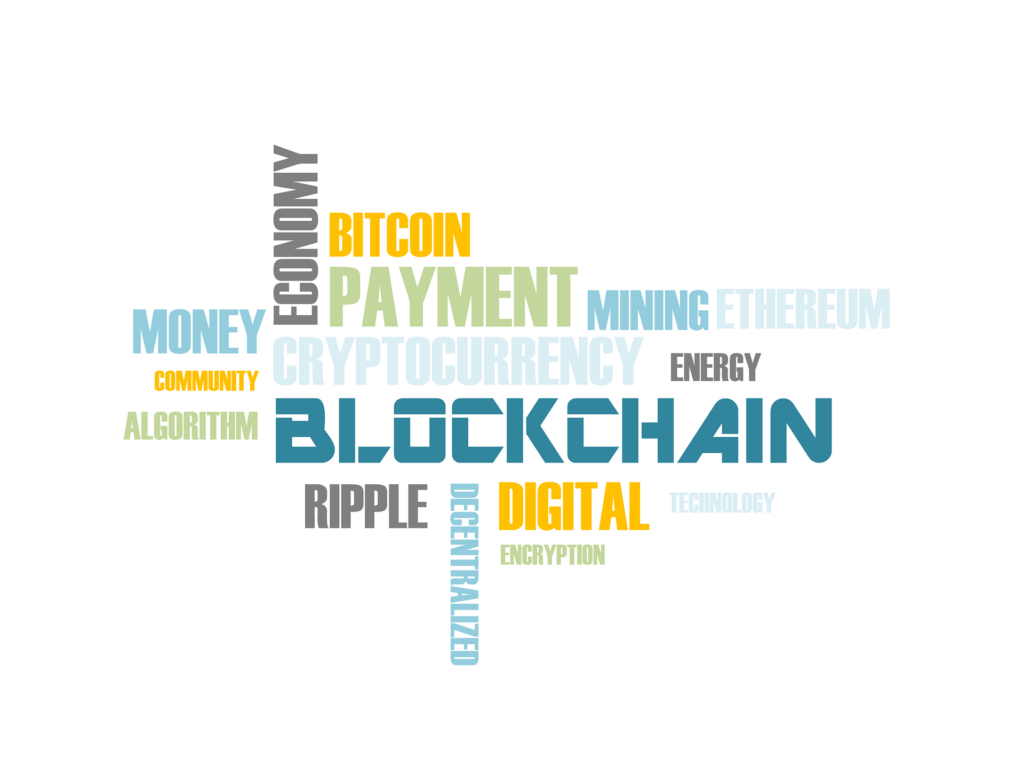
The Blockchain is a decentralized system that provides many advantages to the challenge of maintaining consistency and verification. One way it does this, though not entirely inventing fresh technology in order for them all work together smoothly with no errors or discrepancies between participating peers on end users’ devices across different networks where their data can be accessed at anytime anywhere regardless if they are offline–or even dead!
The function of Blockchain is to provide a secure listing for transactions. It thus has no room for corrupted data or private key loss because everything stays on one computer which means if something happens, all your information will be inaccessible.
Blockchain History

Let us explore the fascinating history and how it has evolved worldwide, providing an overview for those who want more information on the blockchain. Stuart Haber and W. Scott Stornetta contemplate the Idea of Blockchain in 1991, which led to their initial start on a secured chain where there is no chance for tampering with documents since it’s highly safe; they both developed Cryptography together through Merkle trees that count more features than just one document stored per block but allows multiple ones instead–this includes Proof-of work introduced by Hal Finney four years later in 2004.
Blockchain is more than just a way to trade money. It’s an updated version of cash, where people don’t have centralized intermediaries like banks or governments tracking their transactions and data-because blockchain works on the idea that no single entity should be able to control it, just as how we’ve got rules against players getting too powerful.
What are the different types of blockchains?

Let us examine each kind of blockchain in detail.
Public Blockchains
A public Blockchain like Bitcoin allows anyone with Internet access to join it, while secure transactions can be carried out without anybody knowing about them thanks entirely transparent data format that makes all information visible at once but not altered or removed before being displayed publicly for everyone on-screen;
Private Blockchains
Private blockchains work along similar lines however instead of focusing solely. Private blockchains are blockchains that are controlled by a single organization. This organization decides who can be a node and also doesn’t give each node the same rights. Private blockchains are less decentralized than public ones because not everyone has access to them. An example of a private blockchain is Ripple, a business-to-business virtual currency exchange network.
Consortium Blockchains
Permission blockchains, unlike private blockchains, are governed by a group of organizations rather than one individual. As a result, consortium blockchains have greater security while still providing more decentralization than private blockchains. However, setting up consortiums can be difficult because it requires cooperation between a lot of organizations. This can be hard to do because it presents logistical challenges and there is a risk of antitrust problems. In a future article, we will look more closely at these risks. However, some members of supply chains may not have the technology or the infrastructure
Hybrid Blockchains
Hybrid Blockchain networks combine the best qualities of both public and private Blockchains. Some data on this network is kept hidden, while other information can be accessed by anyone without restrictions. This makes it a versatile platform that can be adapted to different needs.
Hybrids come with their own set rules which must be followed in order for transactions or contracts involving goods/services to take place between two parties involved; these agreements would not hold weight if they were done through non-approved systems such as Bitcoin.
Blockchain is an incredible technology that has been adopted by many industries. The government and banks are should make rules and regulations to make it safe and useful to those who consider it as an investment.
want to know about Robotic Process Automation Click Here!
Need Canva Templates for Instagram? Click Here!

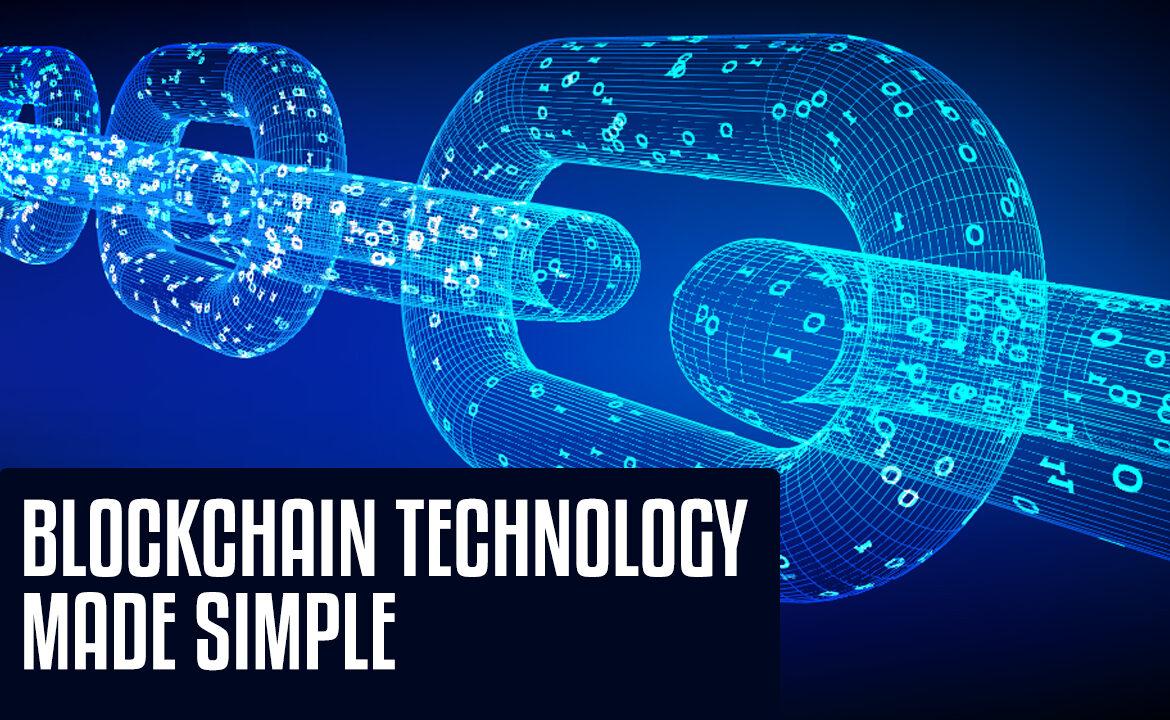
1 thought on “What is blockchain and how does it work?”